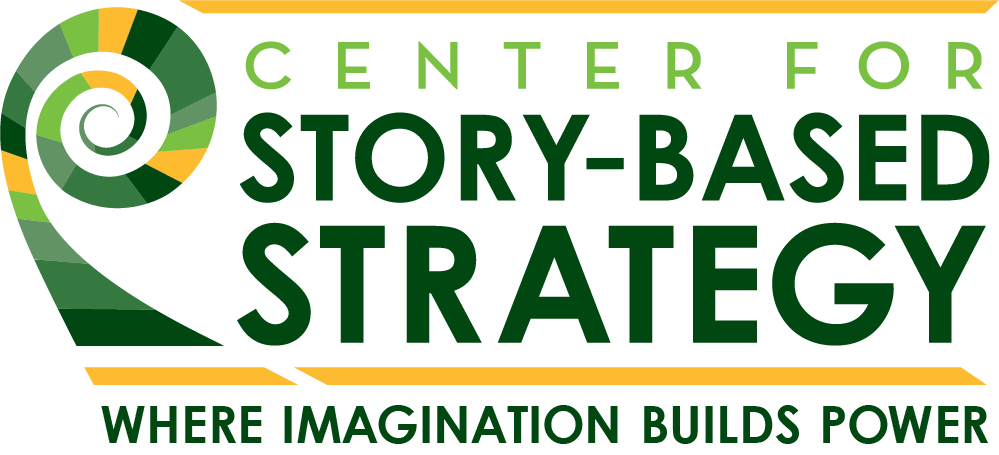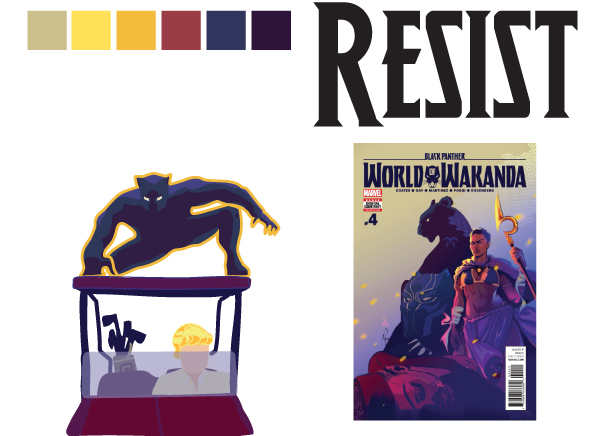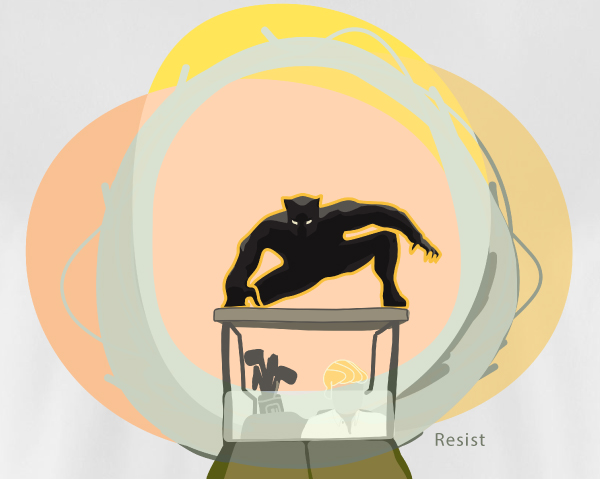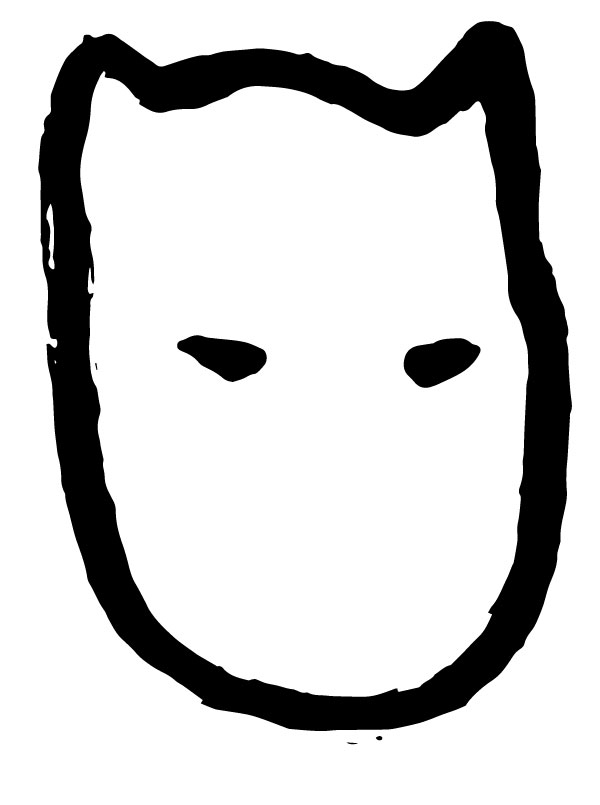Where Passion Meets Purpose: Dante Garcia on Story-based Strategy
Describe yourself in three words.
Curious • Patient • Joyful
Tell us about yourself.
I’m a Seattle artist, designer, and strategist obsessed with social and interpersonal transformation. In 2016 I co-founded Story 2 Designs, a growing design cooperative dedicated to standing behind grassroots organizations and making transformation irresistible. We collaborate on a wide range of digital services with movement organizations, with a focus on empathetic and strategic storying telling through brand, website, and digital and print design. My main touchstones in life right now are justice, creative self-expression, health, accountability, dignity, the long game and joy. If you’re ever in the area you’ll likely find me biking across the Seattle hills from meeting to meeting, off key at a karaoke bar trying to get better and geeking out about a post capitalist world.
To learn more about our cooperative visit, story2designs.com. And if you wanna talk shop, feel free to reach out: 206-755-4729 / dante@story2designs.com.
Case Study Lessons:
SBS can transform narrative challenges into opportunities
It can take many rounds of digging deep to uncover the most powerful underlying assumptions
Attention to foreshadowing, assumptions, and conflict clarifies the potency of a counter-narrative.
SBS Tools Used: Cornerstones, Elements of Story
Tell us about the work that you are doing with CSS.
I was apart of a small team that took on a handful of apparel designs to reframe and blend Black Panther with movement organizing narratives — and I worked on two designs.
As a kid who grew up on, and learned to draw from, comic books from the library I took on creating a bit of fan art with a twist. One of the major cut scenes in the Black Panther trailer was of him pursuing and leaping onto a car. We thought, “If T’challa were alive in our reality who would he be hunting down”?
Explain to us why you are doing this work.
I jumped on this project because I love CSS. I attended the advanced training in November 2017 and am continuing to practice and look for ways to implement CSS tools. When I found out Kevin would be in on this project I was double down — we had met at the CSS Advanced Training.
Otherwise I do ‘this work’, because its where my passion meets purpose. Designing for movement projects draws upon my love for creative expression in the context of strategic/meaningful impact. And in this info overloaded era we live in, now more than ever, story is what weaves together and holds meaning — its how imagination can build power. There’s already incredible and visionary work happening around us, in communities across the country to bend the arc of justice — and for me and the cooperative I’m apart of we’re here to help bend that arc by strategically telling OUR stories in this fight for justice and a live-able, thriving planet.
Share how folks can get involved with your work or see your work’s final product.
Check-out what I helped make (neither design is currently available for purchase):
Design by Dante Garcia
Design by Dante Garcia & Kevin Banatte
How would you describe story-based strategy (SBS) to someone who has never heard about it?
Story-based Strategy is a strategic framework, and set of design tools, to assess and craft narrative elements for winning social justice campaigns. SBS also happens have a surrounding community of heartfelt, grounded and geeking practitioners I know of in movements spaces.
How did SBS affect your work on the project?
In creating the my artwork, the tool I returned to most frequently was the first tool I was introduced to, Cornerstones. By walking through the cornerstones of the project we clarified that: 1, our “Goal” was to reframe the Black Panther movie in the context of frontline community organizing efforts; 2, our “Target” was general Black Panther fans who were beginning to and / or had not yet connected Black Panther to IRL issues/organizing; 3, our “Audience” was social justice organizers attending the Black Panther film; and 4, we were to work with our “Constituency” of the Center for Story-based Strategy to make this happen. By mapping out our goal/s, target/s, audience and constituency early on in the project I had the initial elements of success for this project easily at hand. As I sorted through my prototypes, considered where to pivot next and sought inspiration I came back to the cornerstones — Who is our audience versus our constituency? What is relevant for ‘them’? What would they like to see? With more time I would have talked to more than a few friends who fit the bill of our audience to really surface and verify different directions we were generating.
Elements Of The Story, was the second tool I drew upon heavily in this project. Within the tool are five aspects of a story to consider. In this case ‘characters’ was an aspect I focused on. Presuming that Black Panther were here with us in IRL, as a hero, who would he go after? Who would a central villain be? For our audience, one of the most palpable villains today is “number 45”, he who must not be named. With that in hand, a number of iterations and ideas emerged. The direction that stuck, mashed together a key scene from the Black Panther trailer, T’Challa leaping on to the roof of a car he is chasing, and a common environment the current president is found, golfing.
How was working on this project, using SBS, different from your work without SBS?
The work I do for Story 2 Designs focuses on who the audience is, what are current visual trends that resonate with them, and how information can be sequenced to allow people access to what they want from a website. These considerations are a bit similar to SBS but not quite. The design constraints and considerations introduced by Story-based Strategy placed narrative considerations at the center of the project. This allowed me to draw upon tools I’m familiar with as a designer, like prototyping and brainstorming, but then apply and integrate SBS practices.
In-progress sketches and inspiration above.
I found myself tracking what was being foreshadowed by the art, asking what the underlying assumptions were surrounding Black Panther as a superhero and looking to really pin down what the central conflict was in the art piece. These tools helped me assess the narrative potency of the work I was creating.
If you could have another iteration of your work, how would it have changed?
Having continued to become more familiar with SBS tools through this project I would be excited for an opportunity of a second iteration. I would dig deeper into SBS tools to first find a more relevant underlying assumption to challenge. I’ve begun to believe that a well-told story has something to say about our shared experiences, especially one that everyone has felt but isn’t commonly articulated. Secondly I would use the SBS tools to establish a conflict that holds more of an emotional reaction. Creating a depiction of Black Panther chasing Trump is cool, but a bit flat.
Do you think SBS will change how you relate to future work in collaboration with others? How? And why?
As a designer, SBS has given new life to my role in movement spaces, cracking open possibilities for the tools we use as a worker cooperative supporting social justice projects and organizations. More than half of the projects we take on, clients are struggling with how to frame, communicate and share their work. And though it can feeling daunting or frustrating, the exciting part is that the work we are all doing is rich with narrative possibility — its courageous, meaningful and brilliant. With Story-based Strategy tools in hand Story 2 Designs will continue to strengthen and stretch our narrative muscles for justice.







